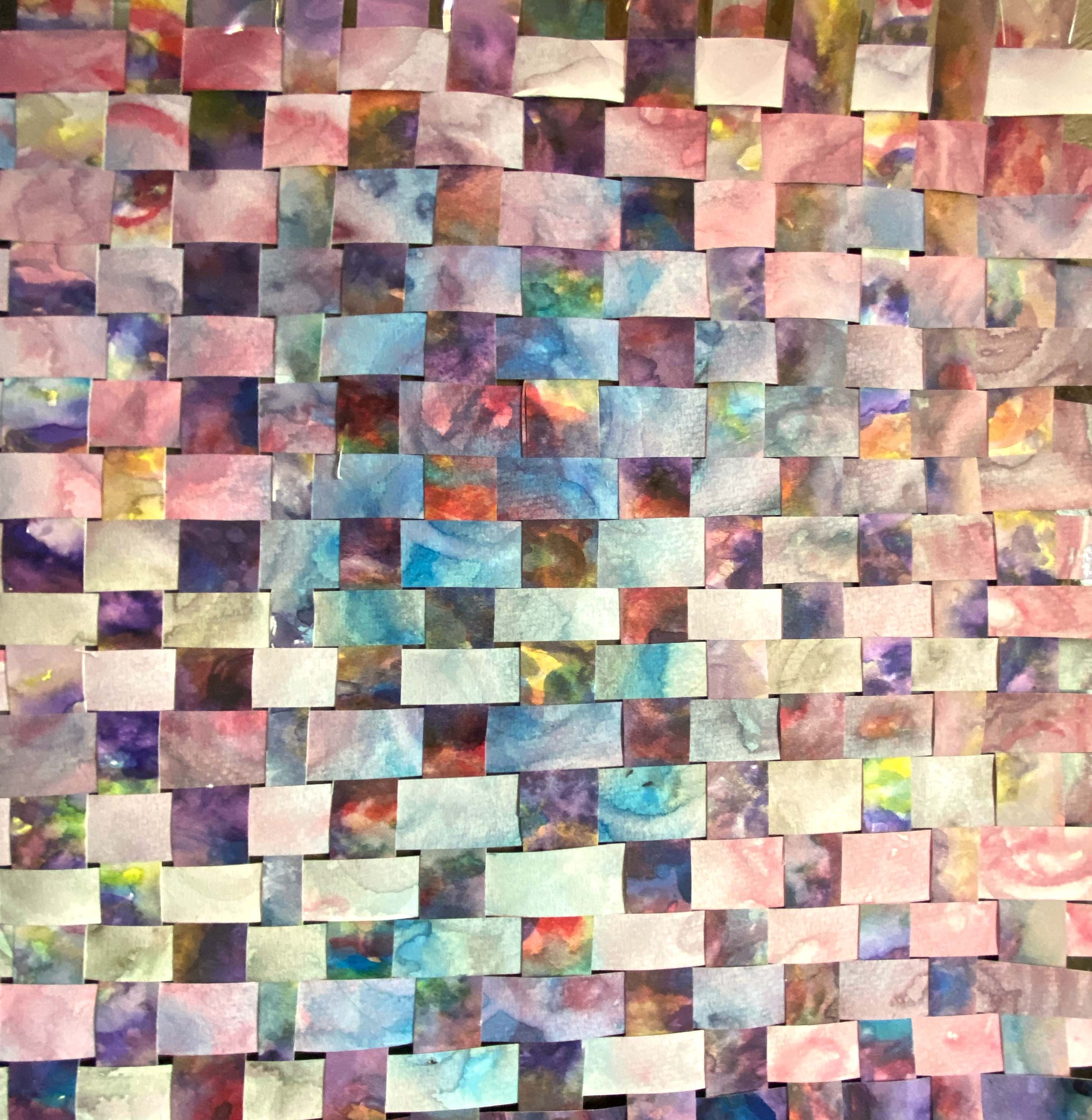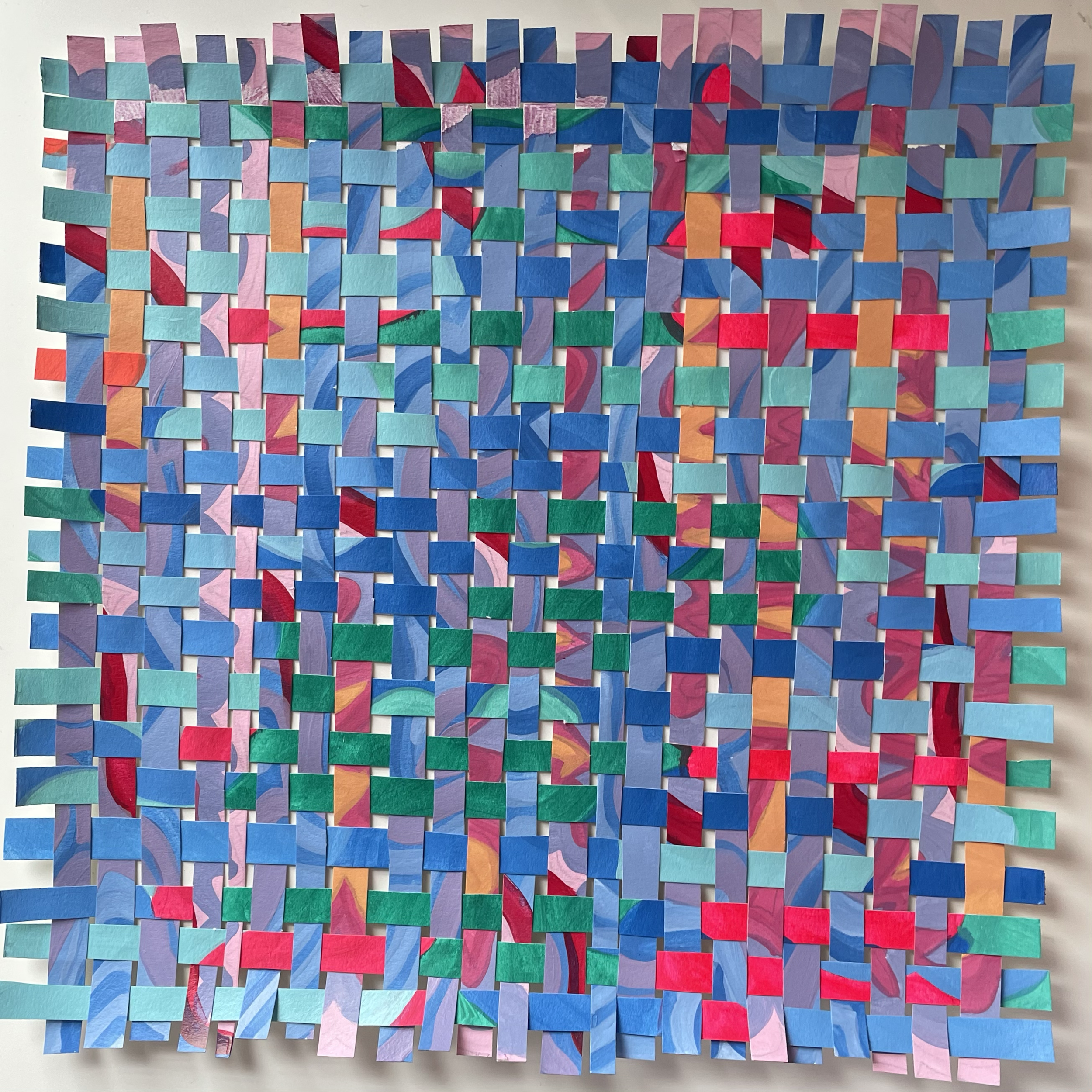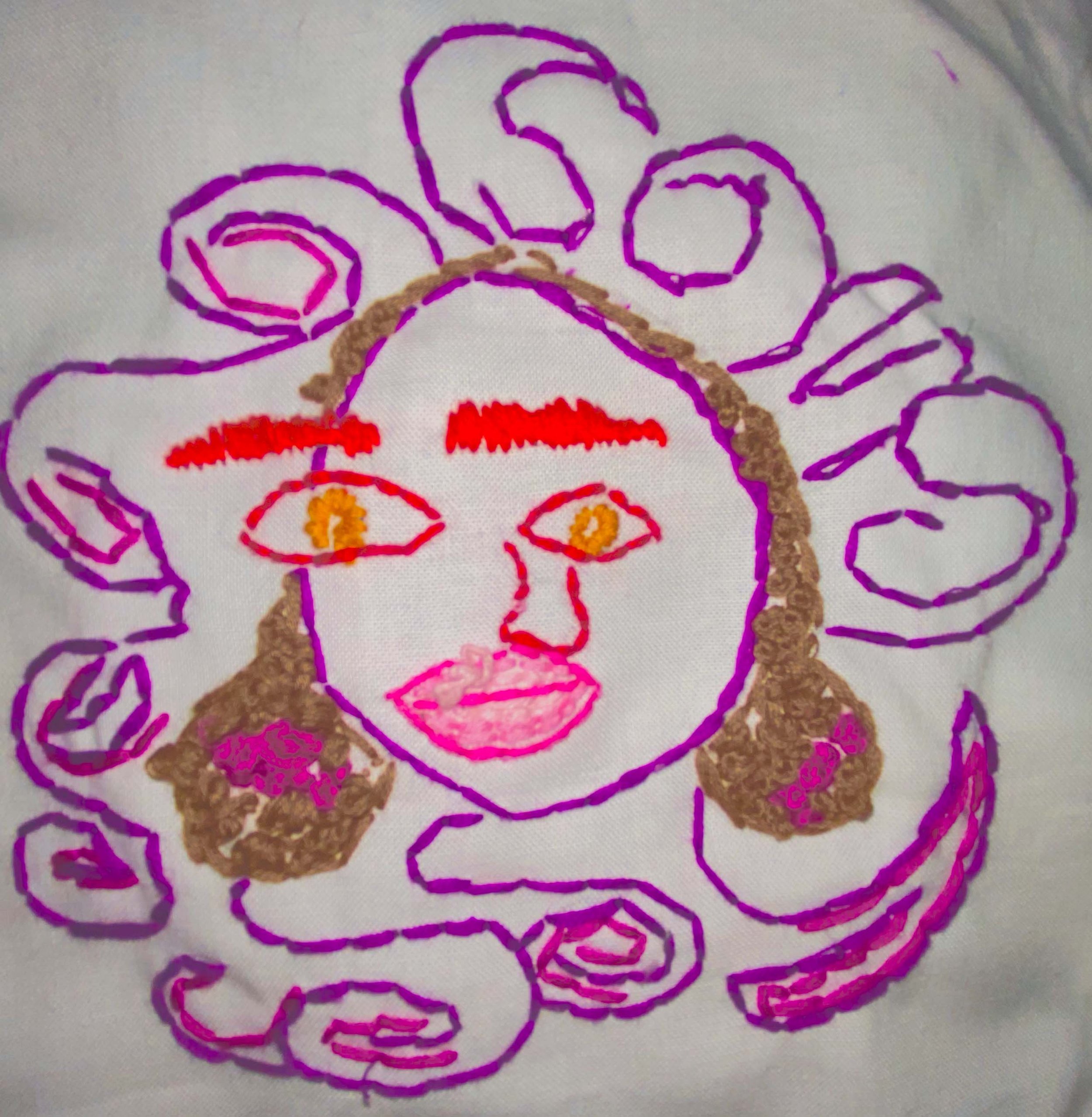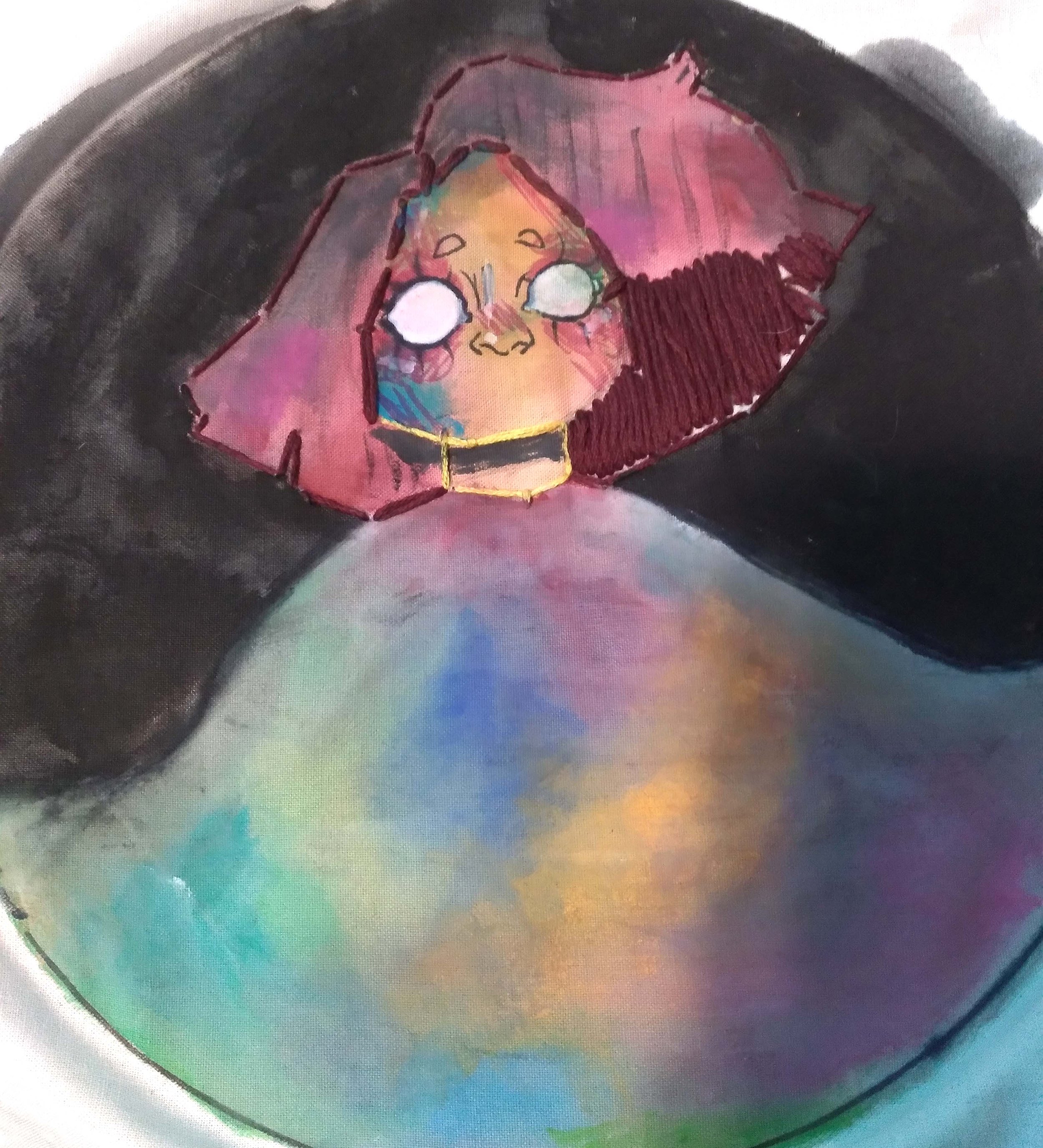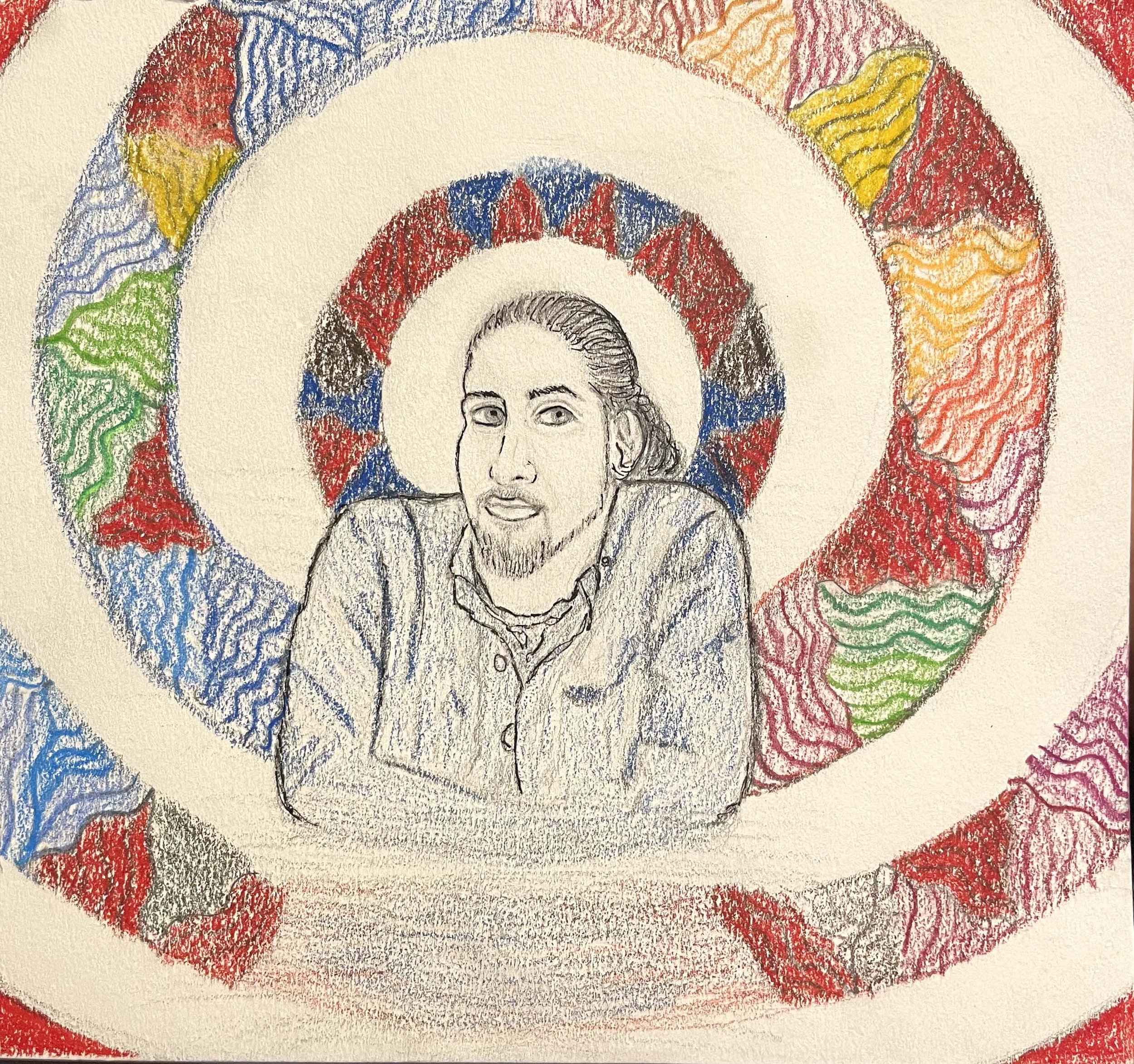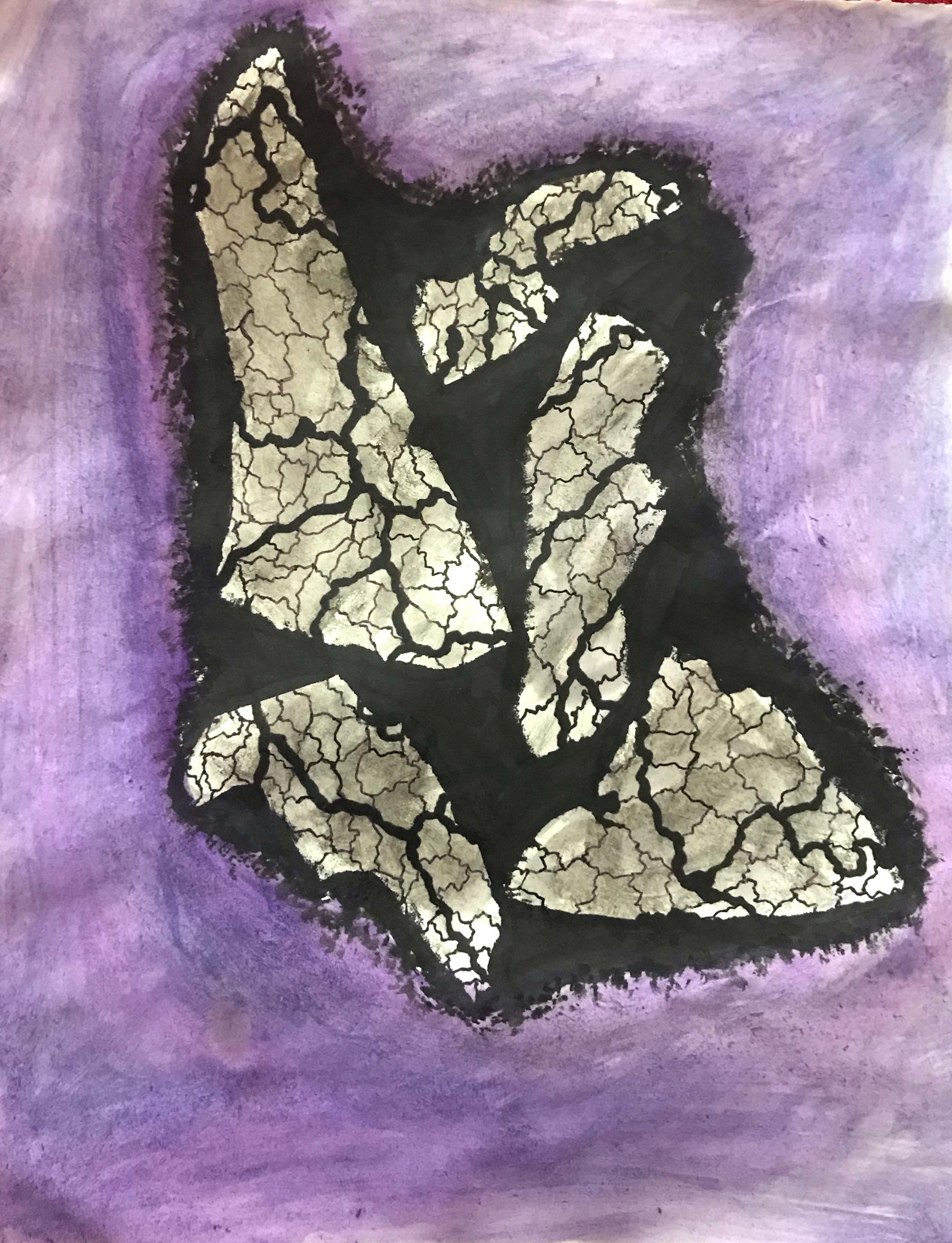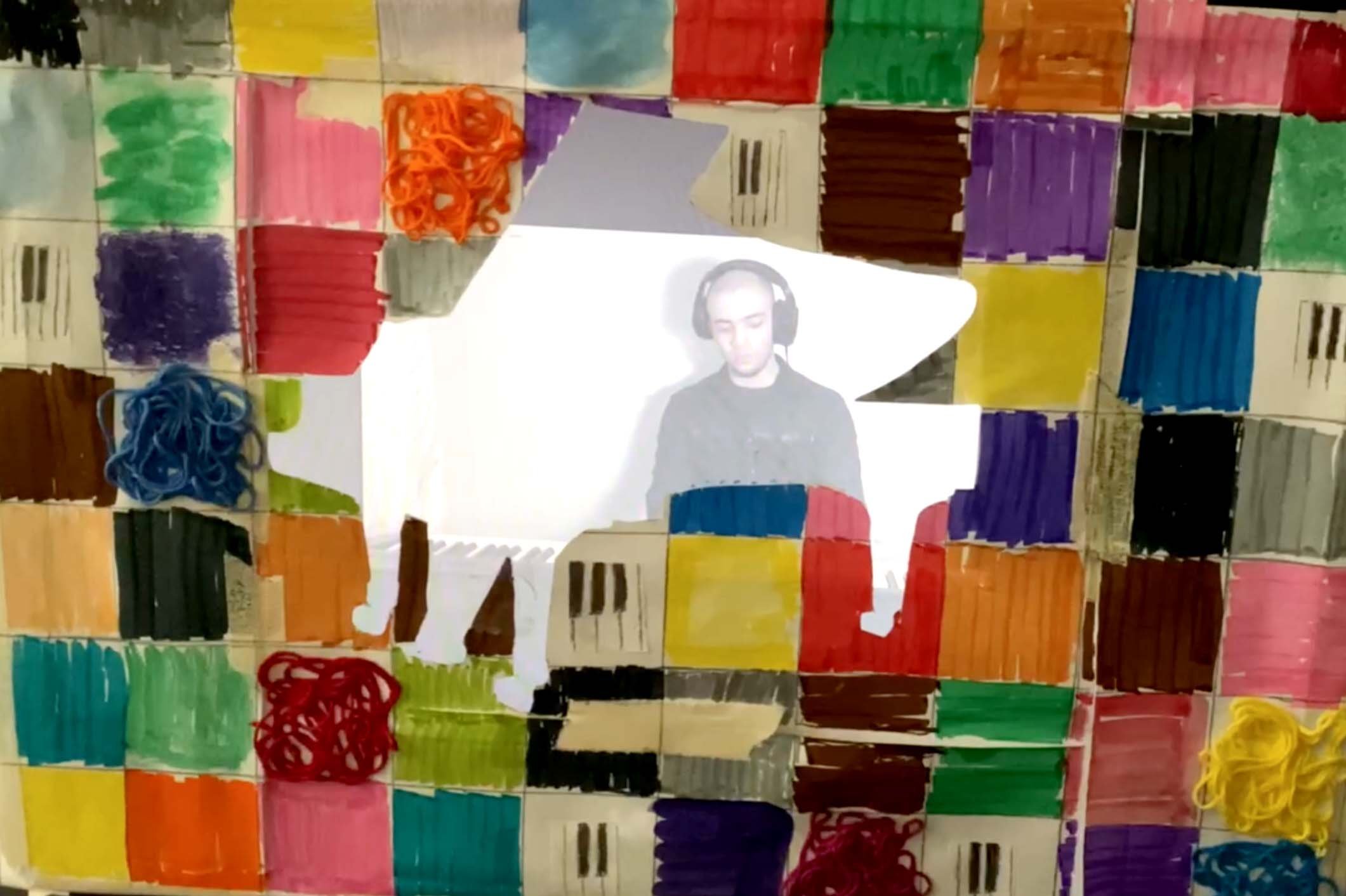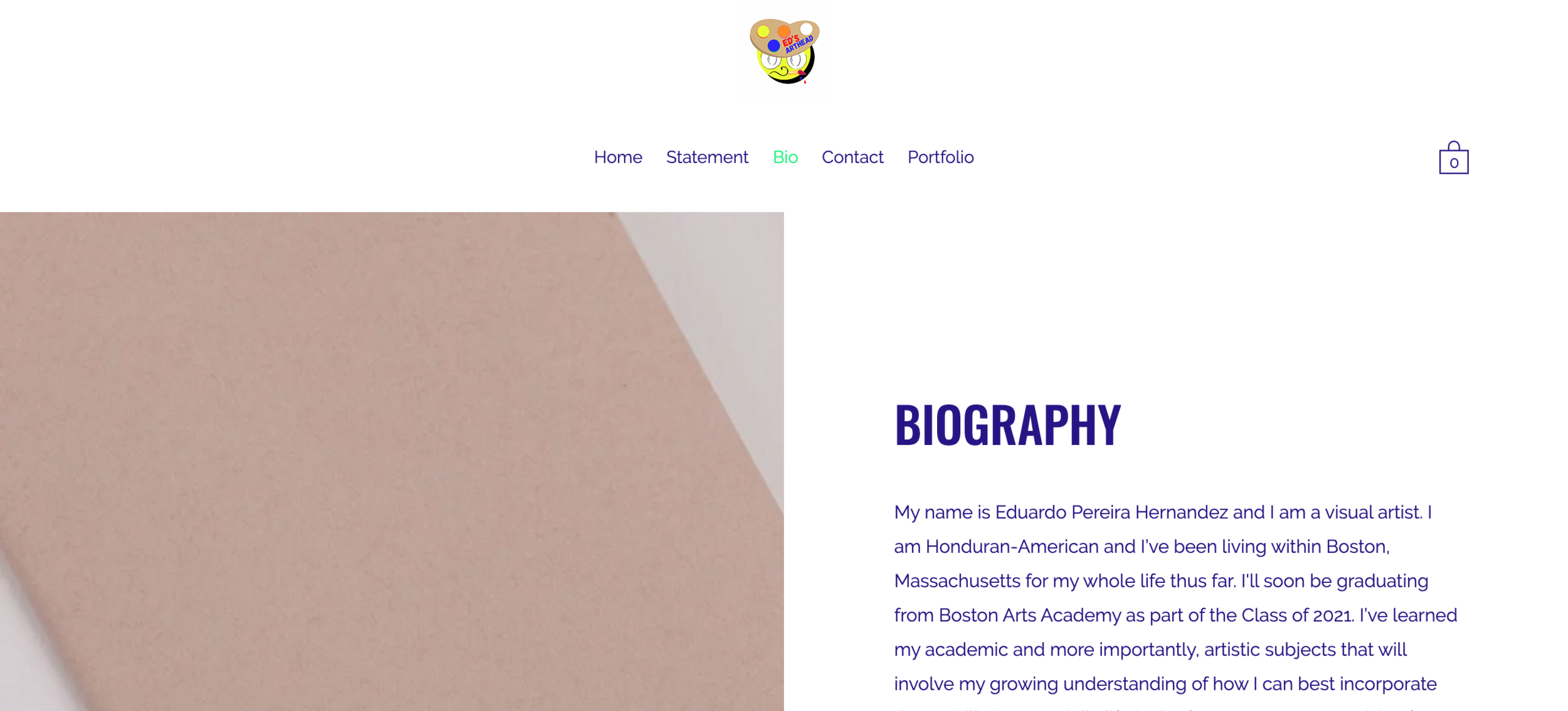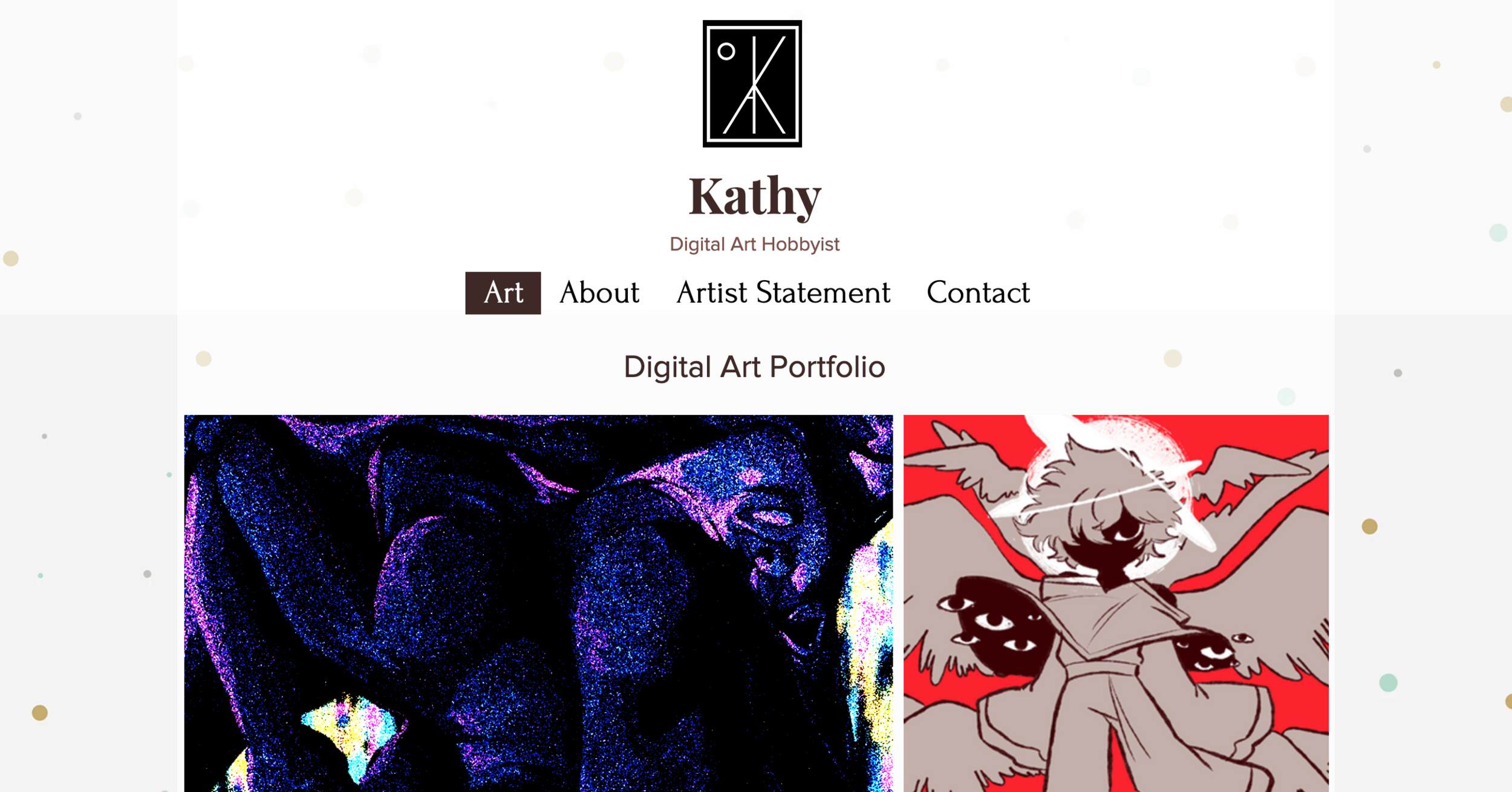Teaching Philosophy
My art room is a safe and brave environment that builds community, one that welcomes discomfort as an opportunity to grow. I do this by reinforcing ways students can master materials and using routines and proactive responses that create and maintain a safe physical and intellectual environment where students take risks. Community building is necessary to have a healthy and active art-making space, not only at the beginning but during the year. And, I encourage active listening and communication since listening to each other’s thoughts and opinions is fundamental for development.
Additionally, I allow and encourage experimentation and different ways of presenting and interpreting artistic work. I believe there is not only one method of mastering a technique and outcome, so by encouraging collective troubleshooting, students learn together new ways of demonstrating their learning.
Knowing students’ backgrounds and the experiences that have shaped them will foster personal relationships. I take personal responsibility to make sure my students are learning and understanding by offering support after class, and I adjust my teaching practice as needed to make this happen. Through scaffolded instruction, I can assess different levels of readiness and create structured opportunities for each student or exceed the goal. I understand and believe that all students deserve the support they need for them to flourish. I teach with care, having high standards, and proceeding with equity, considering students’ lives beyond school. I do this by checking in with students, providing the support they need during and after class, communicating clearly the expectations and asking questions about their interests. I am flexible and adaptable when situations arise that require readjusting strategies by identifying students’ strengths. I help students learn about new mediums and by using language from media that they are more familiar with, connecting it to previous knowledge. I also do this when introducing new themes and topics, finding connections to what they already know or personal interests, making relatable connections.
Curriculum Samples & Student Work
Paper Weaving
Objectives
Create an abstract self-portrait through color explorations and paper weaving.
Brainstorm the meaning of colors and choose what colors best describe you.
Paint 2 sheets of watercolor paper with watercolor or any other chosen media.
Outcomes
Story - Students will be able to convey a story or describe a narrative through the use of the visual art media provided.
Explore - Students will participate in inquiry-based explorations of media and apply learned skills and techniques to assignments.
Connection - Students will connect to their disciplines and/or artists and their visual artmaking.
Composition - Students will display effective use of composition in their projects.
Artist Exemplars
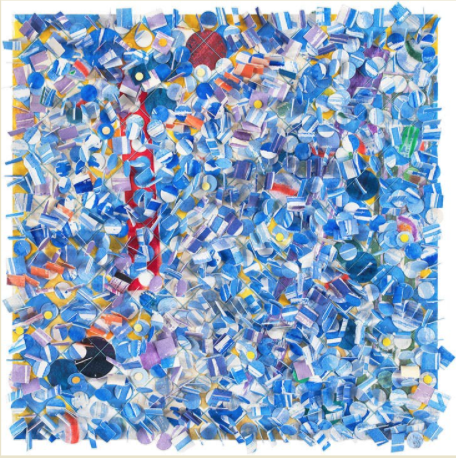
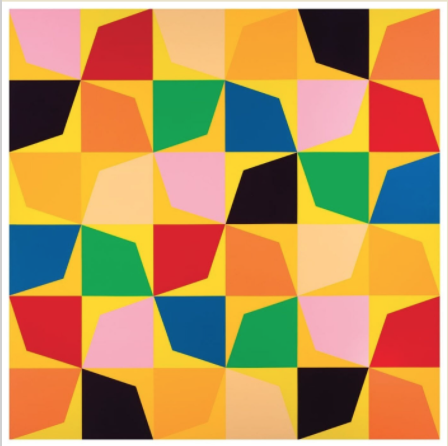
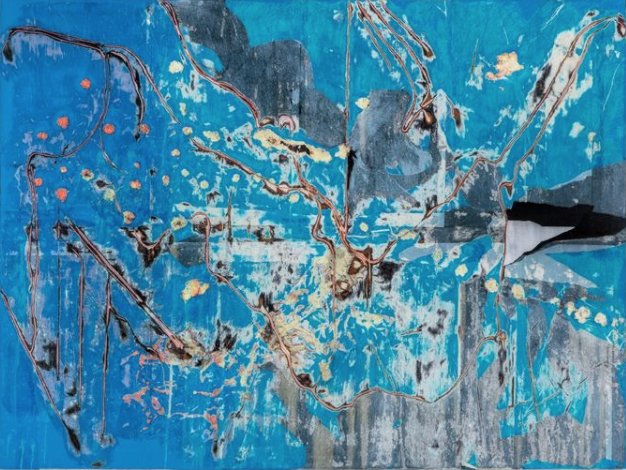
Scaffolding
What do colors mean to you? What feelings, emotions, moods, do you associate with them? How could this meaning be different in different cultures?
These are some questions to get you thinking and brainstorming on what colors you want to pick for your project. Remember: be intentional with your color palette.
You will create two watercolor pages, one representing how you perceive yourself (in color palette format), and one with colors that represent how you feel you are perceived by others (friends, peers, parents, caregivers, family, teachers, the world, etc).
Describe what each color means to you.
Embroidery Self Portraits
Objectives
Understand the context of fiber art (focusing on embroidery) as resistance and as way of portraying a different narrative.
Consider how to use thread, color and stitching to tell a story /send a message.
Outcomes
Story - Students will be able to convey a story or describe a narrative through the use of the visual art media provided.
Explore - Students will participate in inquiry-based explorations of media and apply learned skills and techniques to assignments.
Mark-Making - Students will demonstrate at least five different ways of mark-making through the use of various media.
Composition - Students will display effective use of composition in their projects.
Scaffolding
Demos on threading a needle, tieing a knot, setting up an embroidery hoop, running stitch, backstitch, couching, french knot, chain stitch, satin stitch.
Analyzing exemplars and identifying methods and materials within the pieces.
Contextualizing fiber art through a feminist lens by sharing images from an MFA exhibit and contemporary artists.
Art Inspired Art
Objectives
Create a work of visual art that relates in concept to your assigned artist.
Identify 1) the artist’s concepts/themes, 2)the artist’s color choices and mark-making/textures, 3)what do I find inspiring about the artist?
Outcomes
Story - Students will be able to convey a story or describe a narrative through the use of the visual art media provided.
Connection - Students will connect to their disciplines and/or artists and their visual art-making.
Composition - Students will display effective use of composition in their projects.
Scaffolding
Discussion Questions after introducing the artists: What ties the artists shared together? What connections do you all see in their art practice?
Students summarized that the artists approach issues they are passionate about (social practice and justice, relationship to their community/environment) and their work is in conversation with society.
Each student completed a Google Form to choose preference on artist they felt most connected to.
Students completed a worksheet to brainstorm about the execution of this project according to their material chosen and concept around the work, connecting it to the artist assigned.
Senior Websites and Promotional Material
Objectives
Publish a website that includes your collateral material as an artist.
Write an artist bio identifying the key points about yourself and the tone that suits your personality.
Identify how you make art, what is your art about, and why do you make art.
Outcomes
Promotional Platform - Students will be able to create a digital/physical resource in which the public can view their work.
Process - Students will be able to create an original idea through iterations.
Communication - Students will be able to describe their artistic vision through writing and design.
Reflection - Students will be able to reflect on their process and describe intentions with clear visual language through weekly written prompts.
Scaffolding
Students started creating iterations of their logo design before deciding on their final version. They then moved into writing artist bios and artist statements. These are included in their websites were they uploaded images of their work. Students reflected weekly on each tiered project: what changes they made throughout the process, what choices did they make to create the most successful version that represented themselves as an artist. Through peer reviews during class, students got feedback from each other in small group discussions.
Student Work
Artist Exemplars
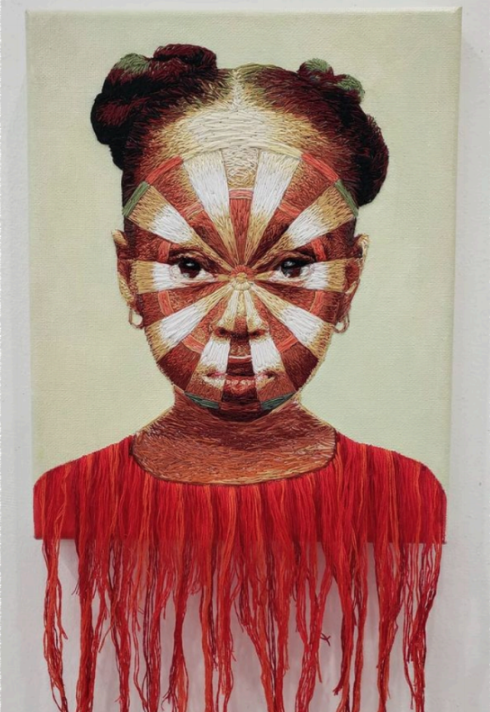
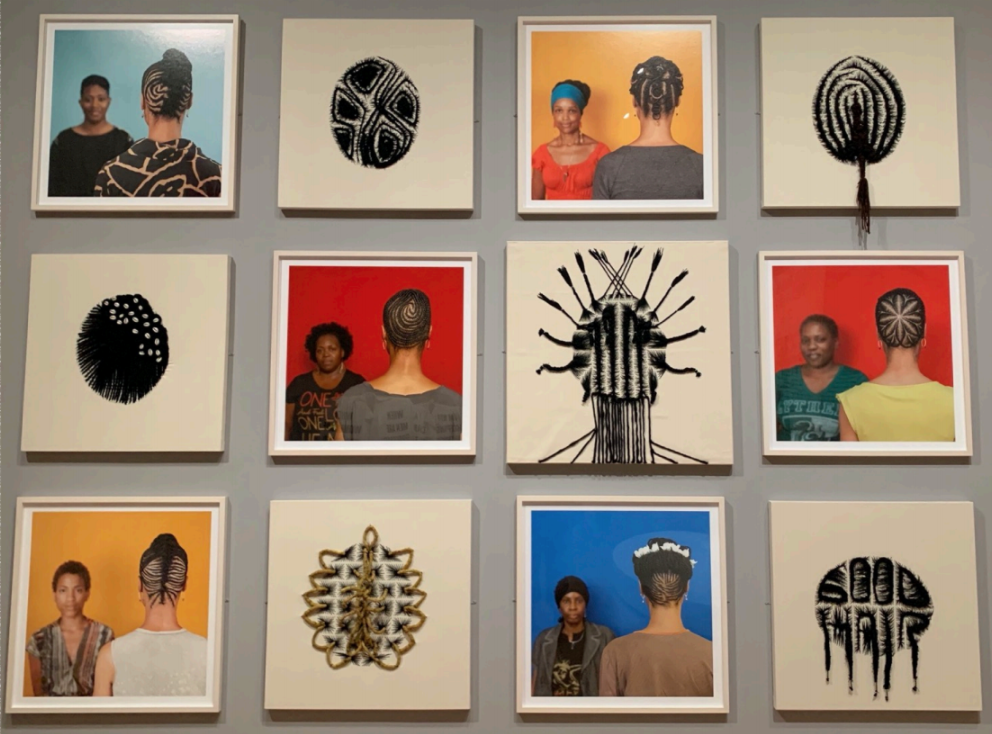
Student Work
Artist Exemplars
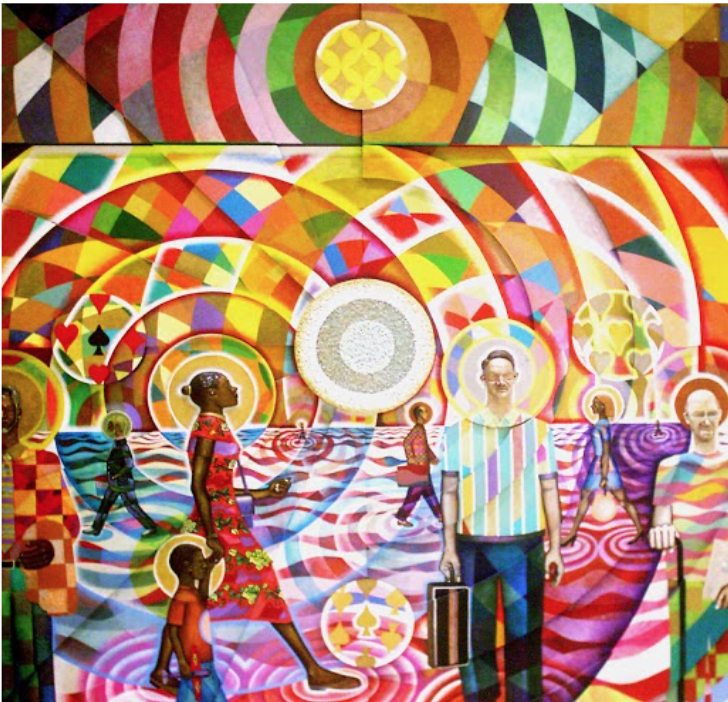
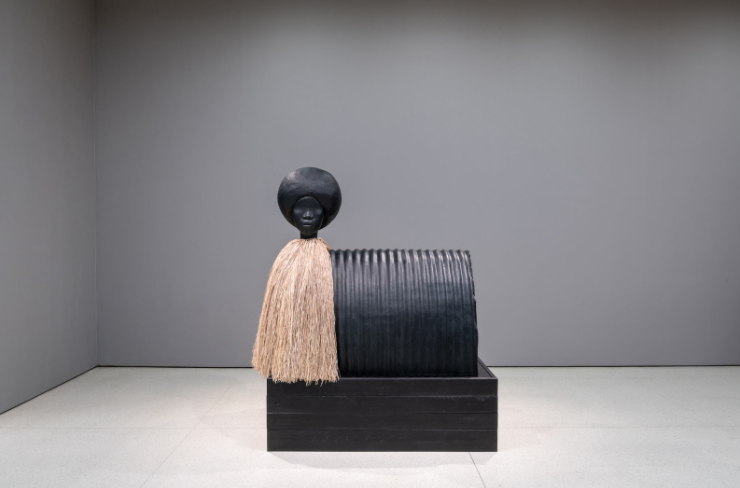
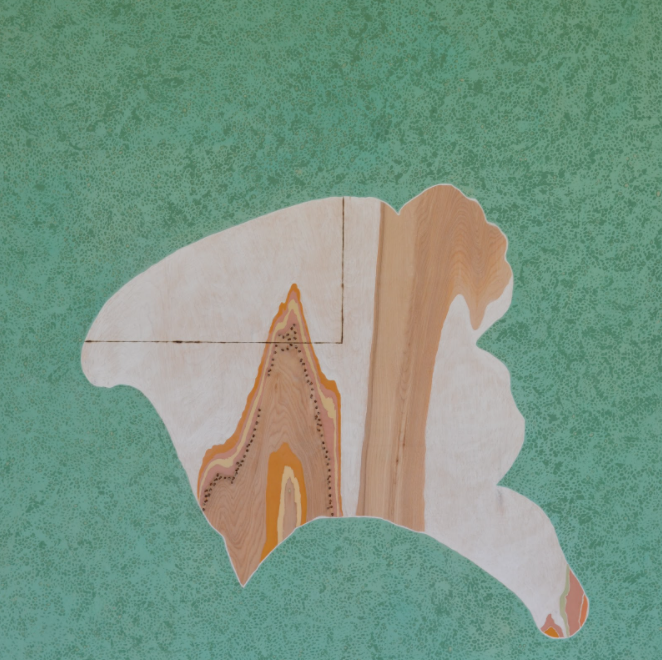
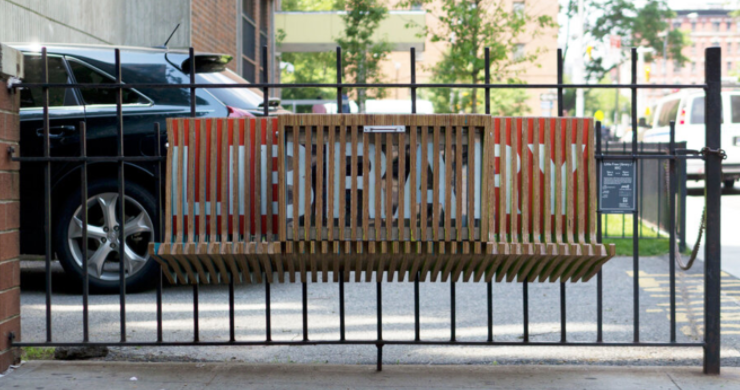
Student Work
Artist Exemplars
Sarina Mantle: https://www.wildsuga.com/aboutme
Evelyn Rydz: https://evelynrydz.com/page/1-About.html
Sonya Clark: http://sonyaclark.com/bio/biography/
Leena Cho and Sam Kim: https://www.slowhandsstudio.com/about
Student Work
